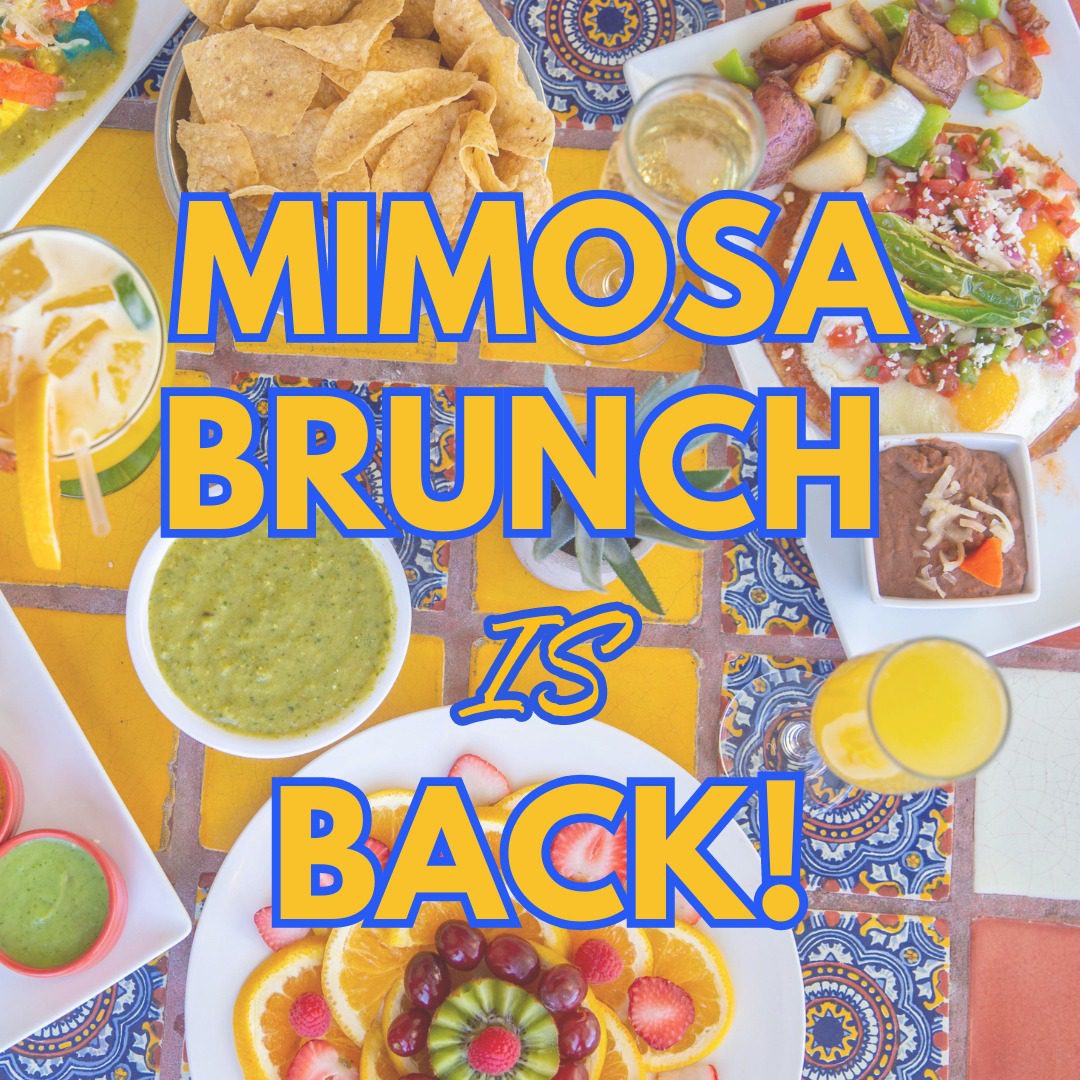Some of our readers may have done a double-take when they read that last option. Fair enough, lumpia isn’t a standard Tex-Mex dish. It’s actually a Filipino snack; lumpia are similar to egg rolls in their composition, and they’re usually served with a vinegary dipping sauce called suka.
If you’re wondering why we’re talking about Filipino food on a Tex-Mex blog, then rest assured that there is a method to our madness. Due to their shared history of colonization by Spain, some aspects of Filipino and Mexican culture inevitably blurred together over time. The Philippines and Mexico are now both independent nations, but their shared history means that certain Tex-Mex staples have some popular Filipino variations. For example:
Sisig Tacos
Sisig is a dish made with pork head and liver; the meat is boiled, broiled, grilled, and then garnished with chopped onions and peppers. There are many recipes for sisig out there; some of them use chicken or seafood as the main protein instead of pork, and most of them are dairy- and gluten-free (which good news for folks with dietary restrictions). But regardless of its composition, sisig works remarkably well as a taco filling. Whether your preference is a soft tortilla or a hard, crispy shell, this savory and somewhat spicy dish would not seem out of place on a Tex-Mex platter.
Tropical Tamales (“Bubuto”)
Tamales are a staple in Tex-Mex cuisine; they’re both a traditional Christmas food and a fun dinner dish at any time of year. Centuries ago, Spanish colonists brought tamales to the Philippines, and over the years, the Filipino people developed a variation on the dish that used local ingredients. Instead of being made of masa and steamed in corn husks, these tamales are made with rice and coconut milk and are steamed in banana leaves. Bubuto, as they’re called in the Kapampangan language, are also frequently topped with peanuts or boiled eggs. Filipino tamales tend to be a little sweeter than their Mexican counterparts, but they’re still savory enough to be a breakfast entrée—or an on-the-go snack!
Pinoy Nachos
Although the original recipe for nachos consisted only of tortilla chips, shredded cheese and jalapeño peppers, the dish has evolved to the point that nearly all edible substances can be “fixings” for nachos. As long as you’ve got tortilla chips somewhere in that pile of meats, cheeses and other ingredients, then you’re good to go! It should come as no surprise that Filipino-style nachos exist. Instead of ground or shredded beef, pinoy nachos usually use sisig pork or chicken adobo to give this carb-laden snack some protein. And in addition to the “regular” nacho accoutrements that most Americans are familiar with (e.g., cheese sauce and diced tomatoes), Pinoy nachos are often topped with cucumber, mayonnaise and shredded cabbage or lettuce. Is this entrée healthy? No, not really. Is it delicious and comforting? Oh, yes!
Calamansi Margaritas
Let’s finish with a cocktail! Calamansi are a citrus fruit native to southeast Asia and featured prominently in Filipino cooking. Also known as calamondin, calamansi resemble small oranges when fully ripe and taste relatively sour. If harvested while still green, though, then they frequently have a bitingly sour taste. It didn’t take long for beverage aficionados to notice that calamansi share certain qualities with (Persian) limes while having their own unique, exotic flavor profile. Thus, “Filipino Margaritas,” made with calamansi juice instead of regular lime juice, were born! If you’re a fan of margaritas, this is one variation of the beverage that you have to try at least once.
***
Filipino variations on Tex-Mex favorites may not be everyone’s cup of tea; if the thought of putting cabbage on nachos makes you feel a bit uneasy, then you’re definitely not alone. But if you’ve never before tried any of these dishes, then try to keep an open mind. At the end of the day, food is a very powerful force for bringing together different cultures and values. Case in point: Filipino Tex-Mex. The shared history of Mexico and the Philippine Islands has given us a style of food that’s not fully Filipino, not fully Mexican and not very Texan at all. Instead, we have something totally unique and—more often than not—totally delicious!





